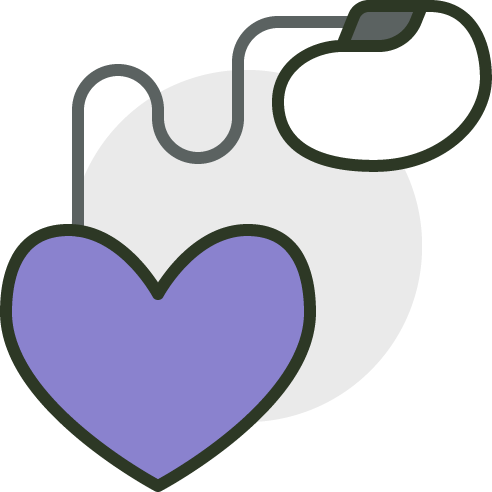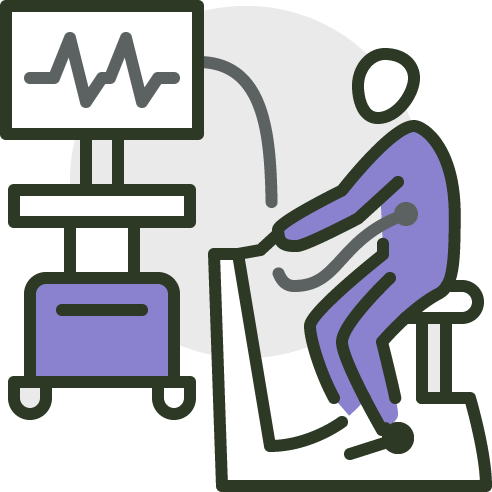Patient Resources
Provider Resources
Explore the history and advancements to leading to multi-channel mobile cardiac telemetry.

Your heart is a vital organ that determines much about your health, and it requires the best care possible. Mobile cardiac telemetry was created so doctors and patients could become more aware and proactive in capturing and treating heart problems.

The first cardiac monitoring device used electrodes connected to an amplifier channel that translated and recorded electrical heart activity into an ECG. The ECG was then processed into physical graphs that were analyzed by doctors to diagnose heart abnormalities.
Electrodes are small electrical patches placed on the chest, arms, and legs of a patient that monitor and record the electrical activity of the heart.
Leads refer to the measurement of voltage difference between electrodes on different sections of the body. Different leads monitor different factors of heart activity such as rhythm or heart rate.
When the electrodes record voltage and create leads, each lead measurement is passed through an amplifier channel and recorded. The more channels there are, the more leads can be processed at one time.
With 2 channel cardiac monitoring devices, multiple leads can be processed and recorded at the same time. This allows the device to be faster and more accurate.


2 Channel devices provide more information that can be used to cross-check and narrow a diagnosis. With this technology, technicians are able to detect more arrhythmias, P-wave, and heart murmurs.
Being able to record multiple leads at one time decreases wait time and increases the amount of data recorded. This allows patients and doctors to receive faster and more reliable results.

© OMETRI. All rights reserved. | Terms of Use | Privacy Policy